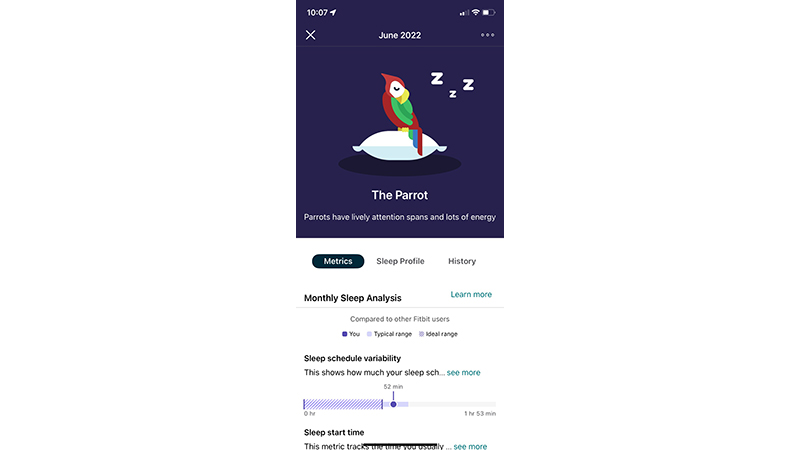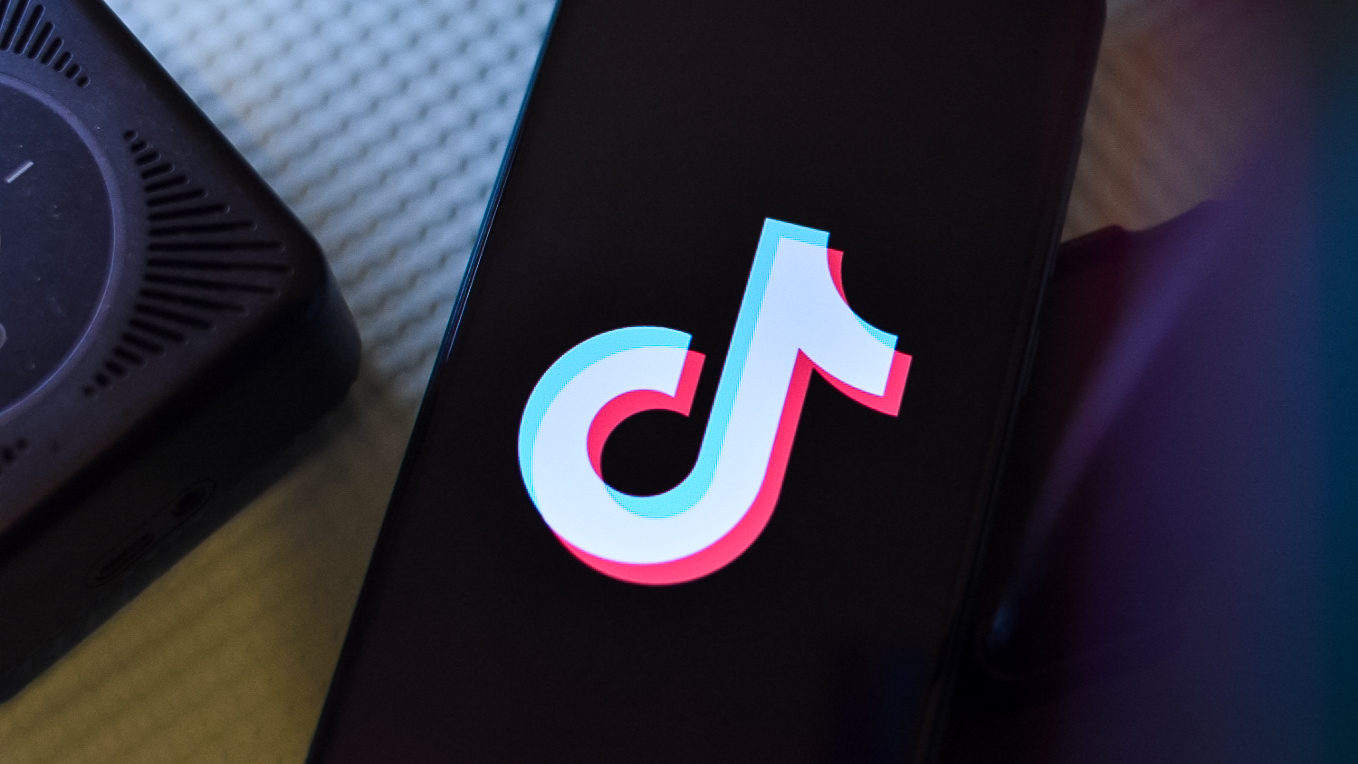Garmin vivosmart 5 vs. Fitbit Charge 5
Battle of the affordable premium trackers.
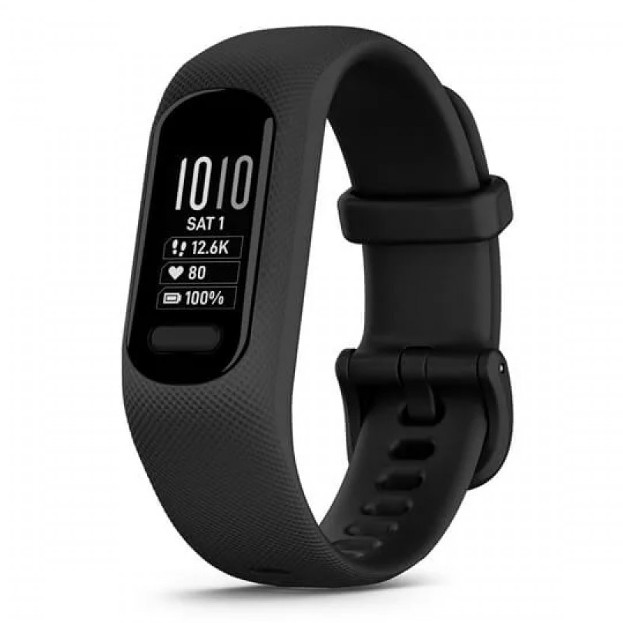
A solid contender
The Garmin Vivosmart 5 is a solid activity tracker to consider. At its price, even as a first tracker, it provides features you’d typically only find in premium models. This includes everything from heart rate notifications to detailed sleep tracking, blood oxygen saturation, and more.
Pros
- Easily reply to tests from an Android phone
- Affordable
- Useful safety features
- Find My Watch feature
- Handy tactile button
Cons
- No built-in GPS
- No floor climb tracking
- Smaller screen
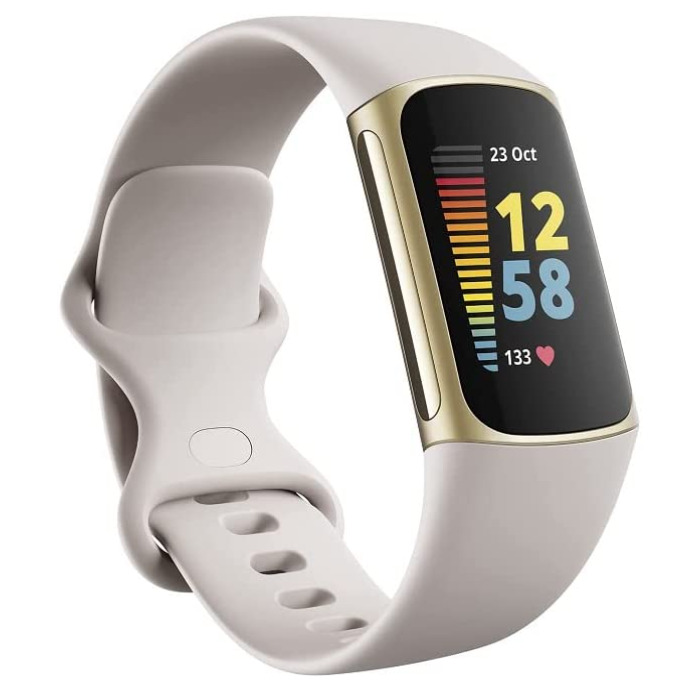
One of the best trackers you can buy
The Fitbit Charge 5 is not only one of the best Fitbits you can buy, it is also one of the best activity trackers at its price point you can get, of any brand. With premium features like detailed sleep tracking, heart rate alerts, active zone minutes, and more, you can’t go wrong with this tracker.
Pros
- Easily reply to tests from an Android phone
- Affordable
- Built-in GPS
- Option for Fitbit Premium
Cons
- No incident detection
- Screen can be finicky at times
- No floor climb tracking
When it comes to fitness trackers, two of the top-tier brands are Garmin and Fitbit. Both companies have models of all kinds with different features and at different price points.
Two similar options are the Garmin Vivosmart 5 vs. Fitbit Charge 5, which include many of the same features and sell for about the same price. How could you possibly choose which is right for you? We’re here to help with a detailed comparison of the two.
Garmin Vivosmart 5 vs. Fitbit Charge 5: How they look
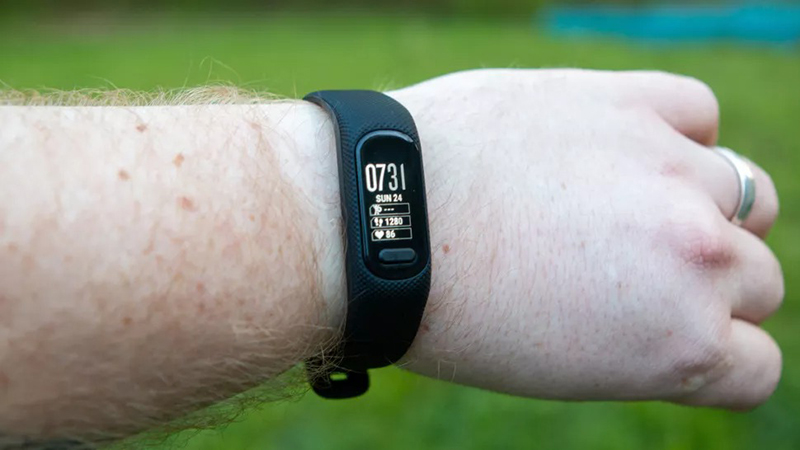
The Garmin Vivosmart 5 comes in three color options, black, white, and Cool Mint, and offers three interchangeable band sizes: small, medium, and large (large only in black). Equipped with an OLED touchscreen, there’s also a small button for selecting menu items.
In his review, Senior Editor Andrew Myrick says Garmin redeemed itself with the screen, which is markedly better than the previous generation Garmin Vivosmart 4 screen. It’s wider so you get more information on the screen, and the tactile button is a nice addition.
The Garmin Vivosmart 5 is swim-proof, so you can wear it in the pool while going for a swim, in the shower, while washing dishes, in the rain, and more without worry. Get up to a week’s worth of battery life per charge.
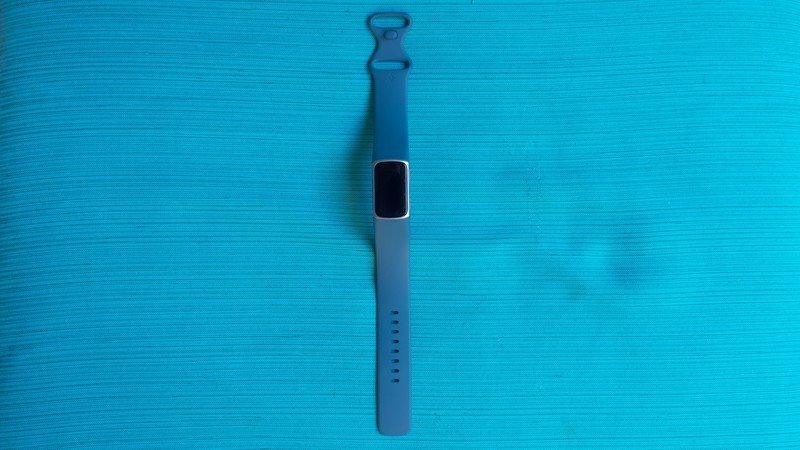
The Fitbit Charge 5 is similar, offered in black/graphite, Lunar white/Soft gold, or Steel blue/platinum with small or large interchangeable band sizes. With an always-on display, the AMOLED screen is slightly larger than the Garmin Vivosmart 5, but there isn’t a button: Everything is controlled via touchscreen alone.
Having worn this tracker for some time, the screen can be finicky at times: I’ll sometimes inadvertently tap it and turn off automatic tracking of a walk, for example, or tap a workout or function I didn’t want to and have to go back.
Get the latest news from Android Central, your trusted companion in the world of Android
In his review, Editor-in-Chief Jeramy Johnson loved the rounded, more organic style compared to previous generation Charge editions, along with the fact that it’s slimmer than its predecessors. The ultra-bright AMOLED screen is also super easy to read both indoors and out.
Also swim-proof, you’ll get seven days battery life with the Fitbit Charge 5 as well.
Garmin Vivosmart 5 vs. Fitbit Charge 5: Looking at the specs
We’ll get deeper into what these two trackers have to offer operationally, but first, let’s compare the bare bones specs.
| Header Cell - Column 0 | Garmin Vivosmart 5 | Fitbit Charge 5 |
|---|---|---|
| Compatibility | Android, iOS | Android, iOS |
| Colors | Black, White, Cool Mint | Black/Graphite, Lunar White/Soft Gold, Steel Blue/Platinum |
| Swappable Band | Yes | Yes |
| Battery Life | Up to seven days | Up to seven days |
| App | Garmin Connect | Fitbit |
| Heart Rate Monitoring | Yes | Yes |
| Stress Tracking | Yes | Yes |
| GPS | Connected | Built-in |
| Mindful Breathing | Yes | Yes |
| Sleep Monitoring | Yes | Yes |
| Swimproof | 5ATM | 5ATM |
| Phone Notifications | Yes | Yes |
| Pulse OX Sensor | Yes | Yes |
| Mobile Pay | No | Fitbit Pay |
| Screen Size | 0.41 x 0.73 inches | 0.58 x 0.86 inches |
| Screen Type | OLED | AMOLED |
These activity trackers appear to be very similar on the surface, but look closely and there are a few notable differences that might sway you towards one or the other.
Garmin Vivosmart 5 vs. Fitbit Charge 5: Tracking activity

Of course, the most important aspect of a fitness tracker is how well it can track activity, as well as other aspects of health and wellness. Both of these trackers cover the basics, including tracking steps, sports, activity, heart rate, energy, and sleep.
They can also display notifications from a connected smartphone, including incoming calls, messages, calendar appointments, compatible app updates, and more.
Both come loaded with sports apps for common activities like walking, running, elliptical, swimming, weight/strength training, and more. Both have their own respective features for automatically detecting certain exercises if you forget to manually initiate a certain workout, like running or elliptical: Garmin calls its feature MoveIQ, and Fitbit calls its SmartTrack.
They can also measure blood oxygen saturation. The Garmin Vivosmart 5 offers Body Battery energy monitoring, which will let you know when is the best time to be active versus giving your body rest. Fitbit has a similar feature in the Fitbit Charge 5 called a Daily Readiness Score, but there’s a catch: You need to sign up for the Fitbit Premium subscription service to use it (more on Fitbit Premium later).
You do, however, get Active Zone Minutes for free with the Fitbit Charge 5, which, in a summary of your workout, will advise how many minutes (and when) were spent in fat burn, cardio, and peak zones as well as how much time below zones entirely.
These buzz on your wrist as you exercise as well so you know when you need to pick up the pace or conversely, when it's time to slow down.
Additionally, both include stress tracking, relaxation reminders, breathing activities, mindful breathing, women’s health tracking, and more. Both will also provide a cardio fitness age based on your activity, chronological age, resting heart rate, and body mass index (BMI).
Neither, however, can track floor climbs, which can be a bummer for those who appreciate being able to track not only steps and distance but also elevation.
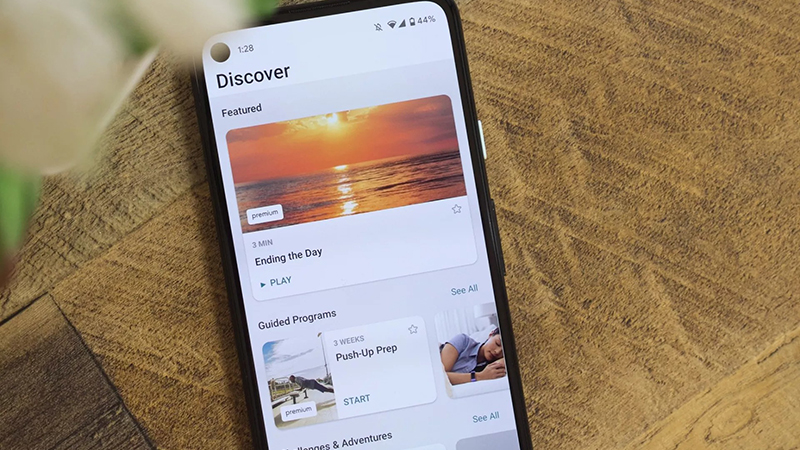
A marked difference between the two is that the Garmin Vivosmart 5 comes with connected GPS, while the Fitbit Charge 5 has built-in GPS.
This means if you go for a run, walk, cycle, or hike, you would need to bring your phone along in order to track your route using your phone’s GPS with the Garmin Vivosmart 5. Whereas with the Fitbit Charge 5, you can leave your phone at home, sync when you get back, and still get all this useful data, captured from the tracker’s built-in GPS.
It might not matter for those who bring their phone along anyway. But for anyone who likes to go for a morning run without bringing anything that can add extra weight or distract them, they might prefer the Fitbit Charge 5 for this feature alone.
Garmin Vivosmart 5 vs. Fitbit Charge 5: Tracking other aspects of health and wellness
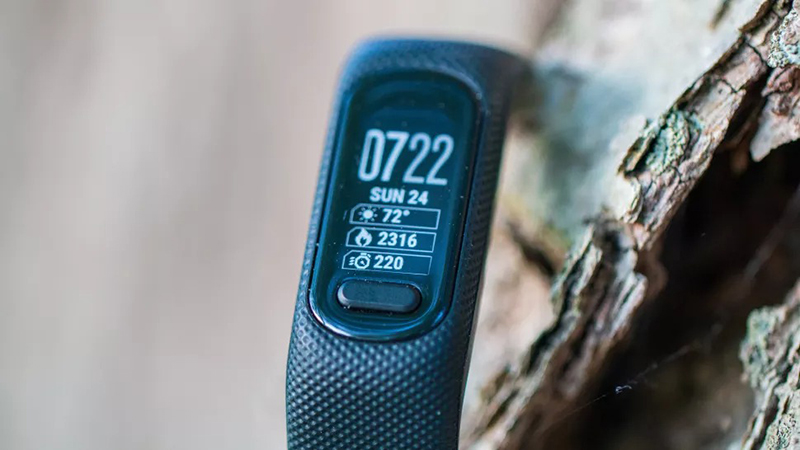
Both also include detailed sleep tracking insights, though Fitbit has a reputation for being one of the most accurate when it comes to detailed sleep tracking. Fitbit includes not only advising how much sleep you got per night, but also how many hours (and when) were spent in light, deep, and REM sleep; along with a useful sleep score.
In my own experiences having worn watches from both brands, Fitbit always seems to be more accurate when it comes to sleep: Garmin devices will sometimes incorrectly capture idle time sitting on the couch, for example, as sleep, and often overall track far less awake time than is likely true.
The Garmin Vivosmart 5 adds a neat feature called incident detection during selected outdoor activities that can send messages and live location data to emergency contacts. For the elderly, young, or someone with health issues, this could be a literal lifesaver.
There’s also a useful Find My Watch feature in the Garmin Vivosmart 5 if it’s lost or misplaced: Use the app to “ring” the tracker and it will vibrate and audibly beep so you can find it, as long as it’s within Bluetooth range. This is great for forgetful and absent-minded folks who might forget they left it in a certain jacket pocket, or it fell beneath the couch cushions.
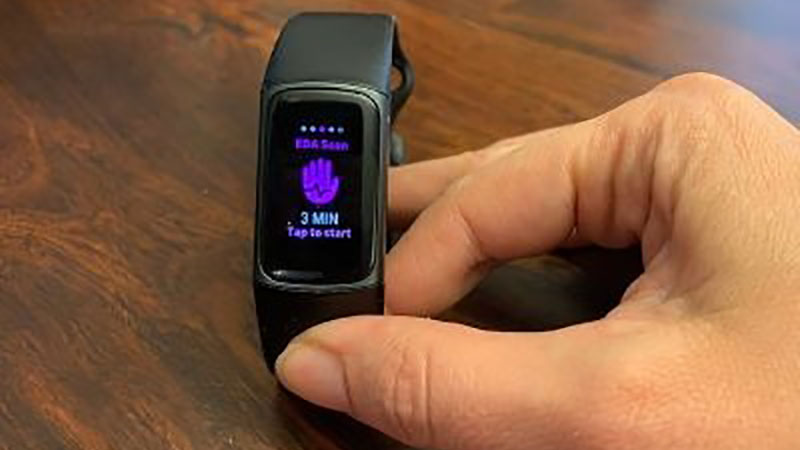
In addition to the usual sensors, the Fitbit Charge 5 also has an EDA sensor for measuring electrodermal activity right from your wrist. This can monitor for changes in your sweat and skin temperature, advising on your body's response to stress.
There's also the Fitbit ECG app, which can assess for conditions like atrial fibrillation whenever you decide to take a test to check.
Garmin Vivosmart 5 vs. Fitbit Charge 5: Premium features
Where these two really differ is in the premium features. Both work with their respective apps, Garmin Connect and Fitbit, in order to connect with a community of other users.
This includes both friends who have trackers or smartwatches of the same brand, as well as others around the world. You can compete in challenges, see how you stack up, get access to motivational and information material, and more.
The Fitbit app, however, is far more robust. You get access to tons of workouts, mindfulness content, nutrition information, and more. Sign up for a Fitbit Premium subscription, which can be bundled with the tracker for a deal, and get access to tons more information and workouts.
This includes a wide selection of workouts of all kinds, from cardio to boxing, yoga to HIIT and strength training, plenty of mindfulness exercises, nutritional information and recipes, and more. With plenty of celebrity collaborations with everyone from Will Smith to Deepak Chopra, it’s a one-stop shop for all your fitness needs.
Additionally, a Fitbit Premium subscription can give you more detailed information with sleep insights, for example, including the new Sleep Profiles that analyzes your sleep over a period of days and weeks to provide a summary and a cute animal comparison to give you an idea of how you generally sleep. (E.g. I sleep like a parrot, which means I usually have a consistent bedtime, don’t sleep too early or late, fall asleep quickly, but don’t tend to get a lot of REM because of brief periods of wakefulness each night). You’ll see more details about your sleep as well, like restorative sleep, sleep stability, nights with long awakenings, days with naps, and more.
Fitbit Premium also includes the ability to view health metric trends to see if things like breathing rate and heart rate variability are typically within normal ranges. You can also download detailed health reports that keep track of your data over time.
While you can connect, compete, and share data with others in the Garmin Connect app, there isn’t anything beyond that.
It’s also worth noting that with both, you can use Quick Replies to respond to messages right from your wrist using a compatible Android phone.
Garmin Vivosmart 5 vs. Fitbit Charge 5: Which should you buy?
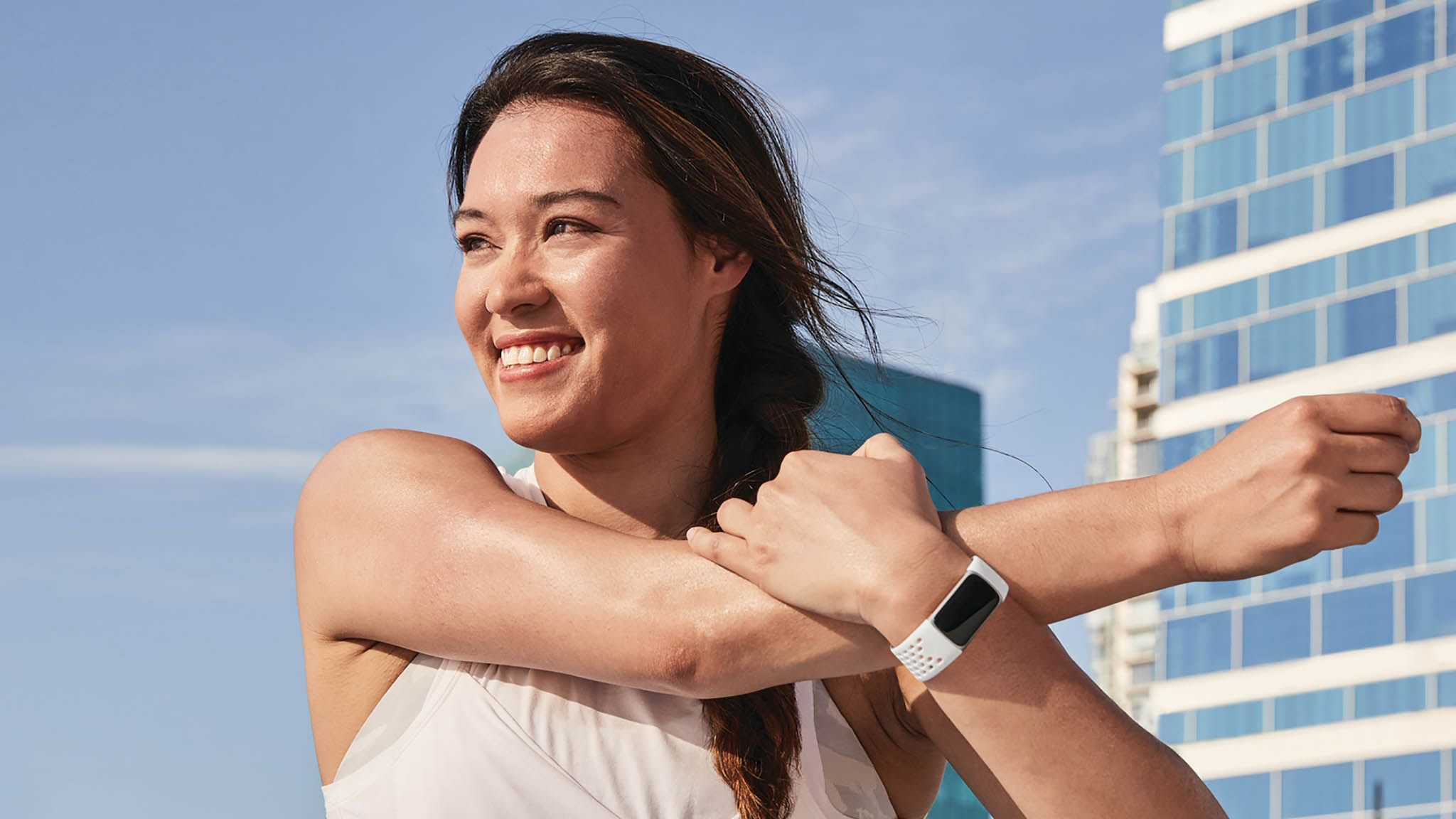
It’s a super close race when considering the Garmin Vivosmart 5 vs. Fitbit Charge 5. If you already own a Garmin smartwatch or tracker, and you’re looking to upgrade and like the user interface of the Garmin Connect app along with the design and features, the Garmin Vivosmart 5 is the obvious choice. You might also appreciate the added button if you prefer the tactile feel in addition to a screen.
But if you’re buying new, the Fitbit Charge 5, as mentioned, is not only the best Fitbit tracker on the market right now, it’s also one of the best overall fitness trackers you can buy, period. While getting the most out of it will require the recurring cost of a Fitbit Premium subscription, there’s always a trial period so you can decide if Fitbit Premium is worth it or not for you.
Even without Fitbit Premium, however, the Fitbit Charge 5 is a solid tracker that leaves little to complain about. It fits nicely, has a sizeable, always-on, clear and bright screen, and tracks everything under the sun.
The addition of built-in GPS could be the deciding factor for runners, especially those serious about the activity who want to run completely devoid of anything on their person. The reliable and detailed sleep tracking could also be important for those looking specifically to track sleep as part of their overall health and wellness plan.
For those who have health issues or the elderly, the added safety features with the Garmin Vivosmart 5, however, including incident detection, could sway you towards that model instead. Note that the Garmin Vivosmart 5 is named among the best fitness trackers you can buy, too.
For a basic tracker that can do everything you need it to do, either the Garmin Vivosmart 5 or Fitbit Charge 5 will do the trick. But given the price and the added features and functions, including built-in GPS, better sleep tracking, and the robust app, the Fitbit Charge 5 will provide more bang for the buck.

Simple and smart
You get pretty much every feature under the sun you’d expect from a premium fitness tracker in the Garmin Vivosmart 5, but at an affordable price. For those who love Garmin, it’s a no-brainer option that will not disappoint, with everything from activity to sleep tracking, incident detection, and more. It’s no wonder the tracker is named among the best fitness trackers you can buy.

The best choice
For those looking for their first tracker, or even Fitbit users upgrading from an older model, the Fitbit Charge 5 is among the best, if not the best, you can buy right now. At an affordable price, it offers everything you’d expect from a fitness tracker and then some; and with Fitbit Premium, you get a holistic wellness coach on your wrist.

Christine Persaud has been writing about tech since long before the smartphone was even a "thing." When she isn't writing, she's working on her latest fitness program, binging a new TV series, tinkering with tech gadgets she's reviewing, or spending time with family and friends. A self-professed TV nerd, lover of red wine, and passionate home cook, she's immersed in tech in every facet of her life. Follow her at @christineTechCA.

